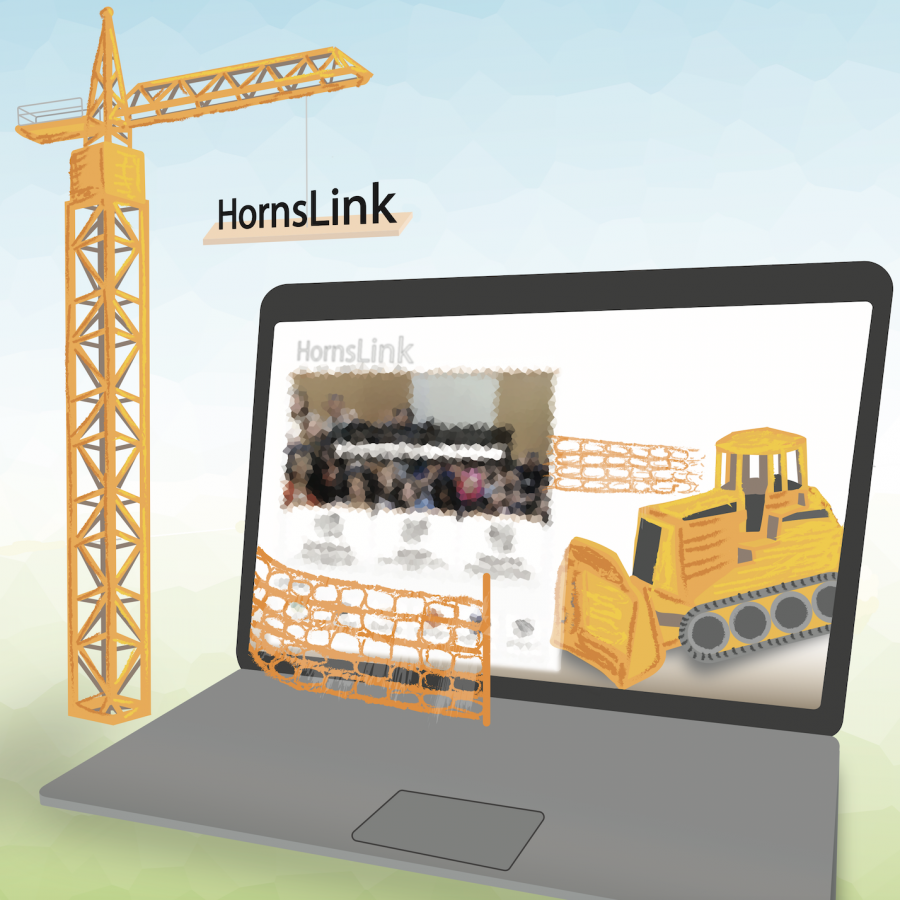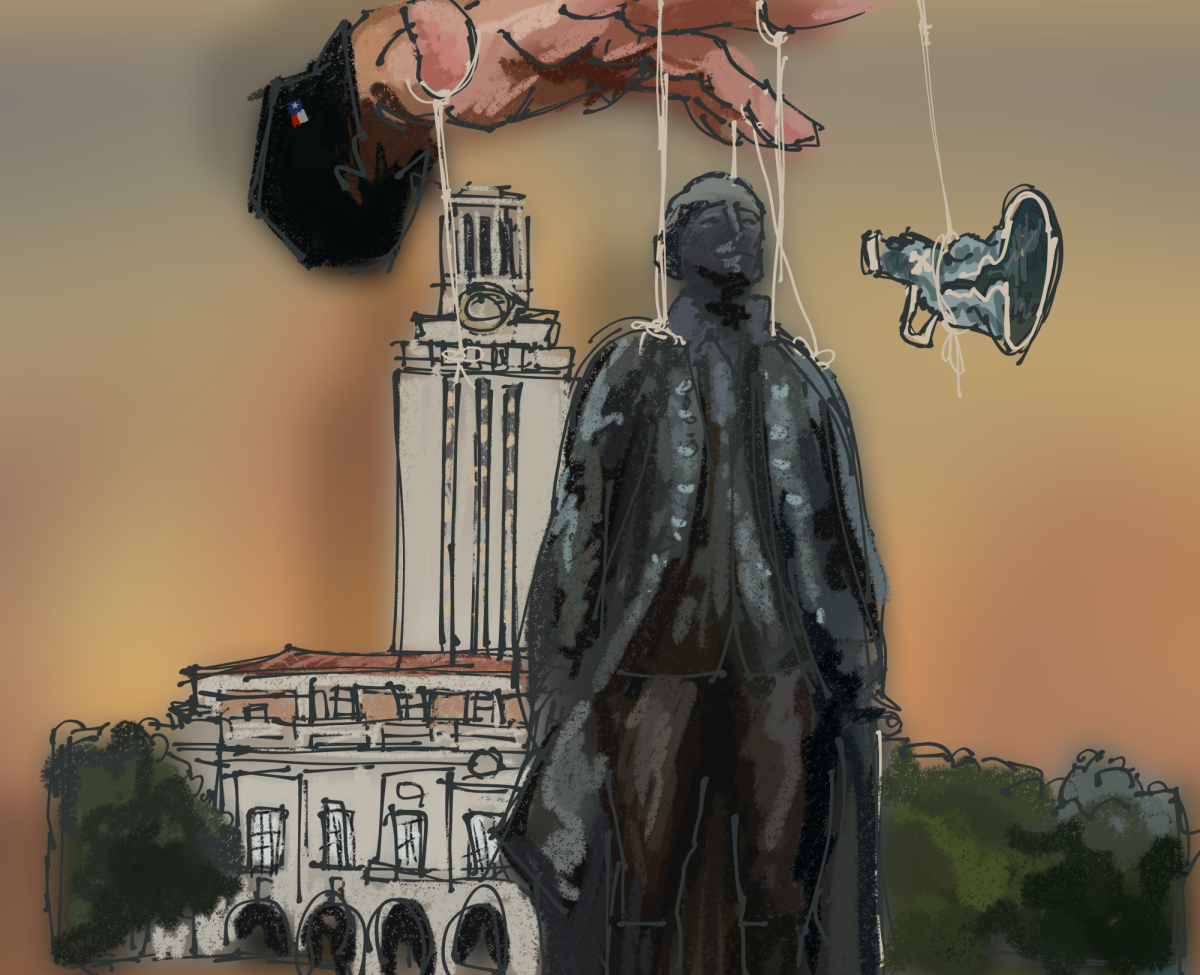After being isolated for months on end and transitioning to online education, incoming freshmen are desperate to be connected and involved with UT organizations, even if it is in a virtual format. Getting involved with student organizations provides new students a sense of much-needed community.
However, COVID-19 has made locating and connecting with desirable organizations more difficult than ever. New students such as myself immediately turn toward HornsLink, the premiere online database for locating UT student organizations, provided by New Student Services. Unfortunately, this promising resource is inefficient, outdated and overwhelming.
HornsLink needs to be modernized.
Currently, the platform only provides broad categories that narrow down the 1,300+ student organizations to a few hundred, in alphabetical order. In addition, it constantly redirects users to the first page of results, making it difficult to compare and contrast the overwhelming number of organizations.
Many organization profiles have not been updated in years or merely steer students to other resources such as Facebook pages, GroupMe chats, websites or Instagram pages. This may not seem like a big deal. However, I find it frustrating to sift through hundreds of organizations only to be continually redirected, when HornsLink is supposed to be a repository for all the key information about a particular organization.
Civil engineering freshman Alex Alvarado said it can be difficult to navigate campus life with the limited resources available to incoming freshmen.
“I don’t think HornsLink has adequately connected me with the UT community,” Alvarado said. “Unless you already know what you are looking for, HornsLink is a little confusing and overwhelming.”
To help Alvarado and other disheartened freshmen, HornsLink should be streamlined. First, rather than alphabetical order, HornsLink should provide alternative sorting options. If organizations could be filtered by popularity, relevance, amount of members, time commitment or financial commitment, students could clearly identify organizations that align with their interests.
Second, organizations should be encouraged to update their HornsLink profiles, so new students can see a detailed, accurate representation of clubs they may be interested in joining. Rather than redirecting students to other resources, HornsLink should be the central source of information for all organizations, allowing students to easily compare and contrast them.
Third, the HornsLink algorithm should suggest organizations based on what a student has already searched for so they are directed toward the greatest number of desirable organizations.
“Considering the situation, I think I am as connected as I can be to the campus, but I do think it’s definitely harder to join a group or club because it’s difficult to find information on it,” Alvarado said.
This largely virtual semester has made it even more difficult for freshmen to connect with one another and the greater UT community. Given this new environment, UT should strive to support this especially isolated class of freshmen by curating virtual resources for new students as well as maintaining the resources that already exist.
Freshmen deserve an updated and revamped HornsLink so this great idea can finally start living up to its potential.
Butler is an undeclared freshman from Austin, Texas.





















